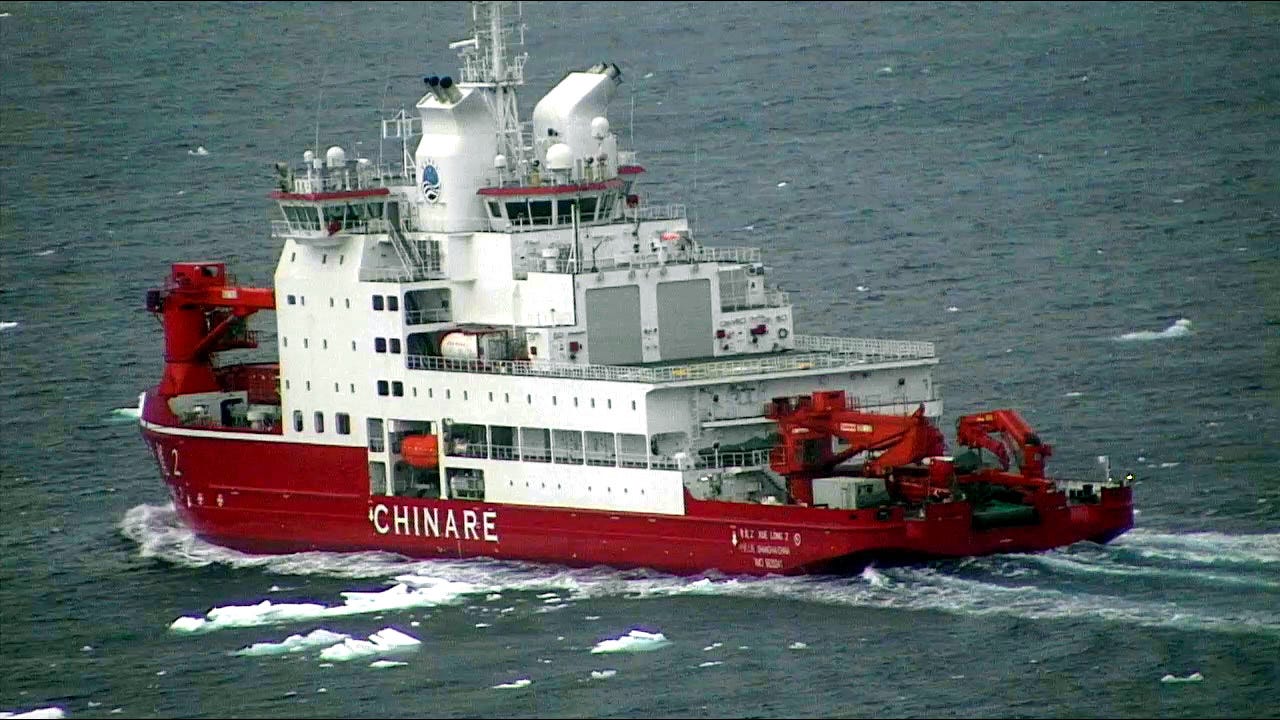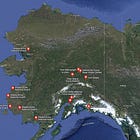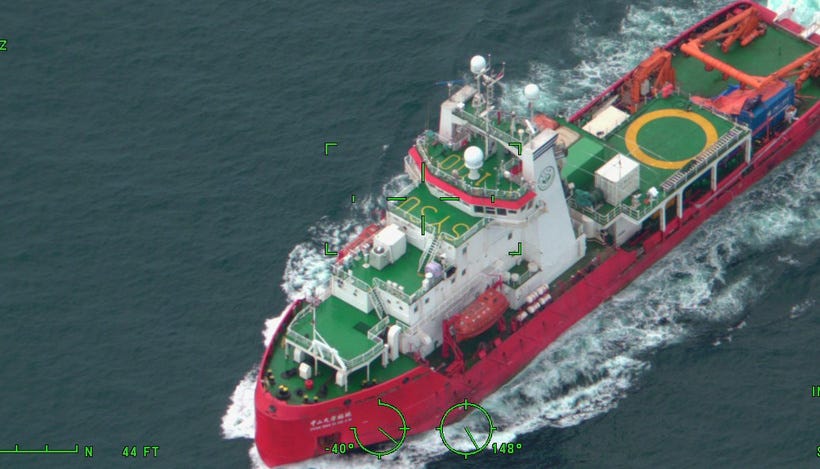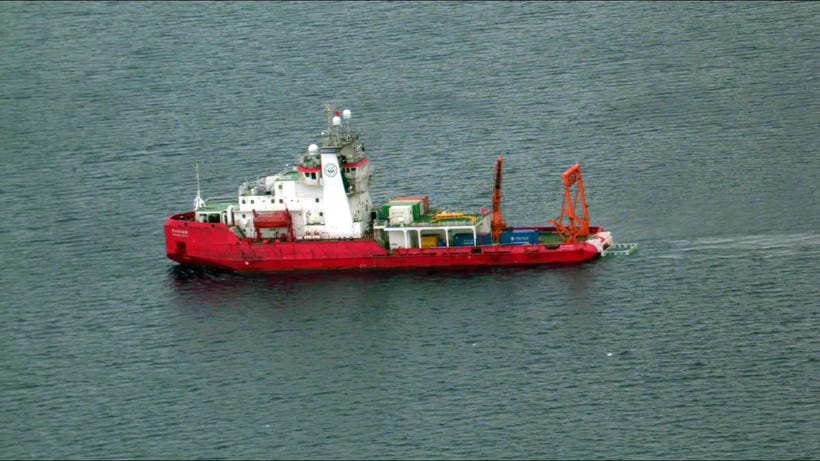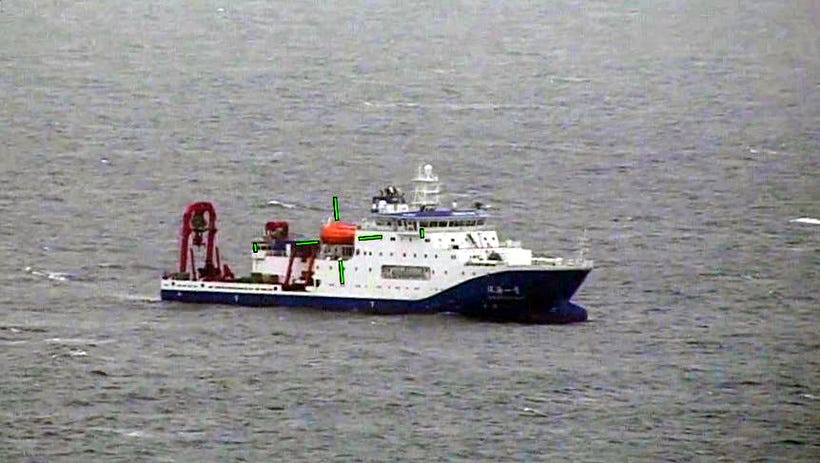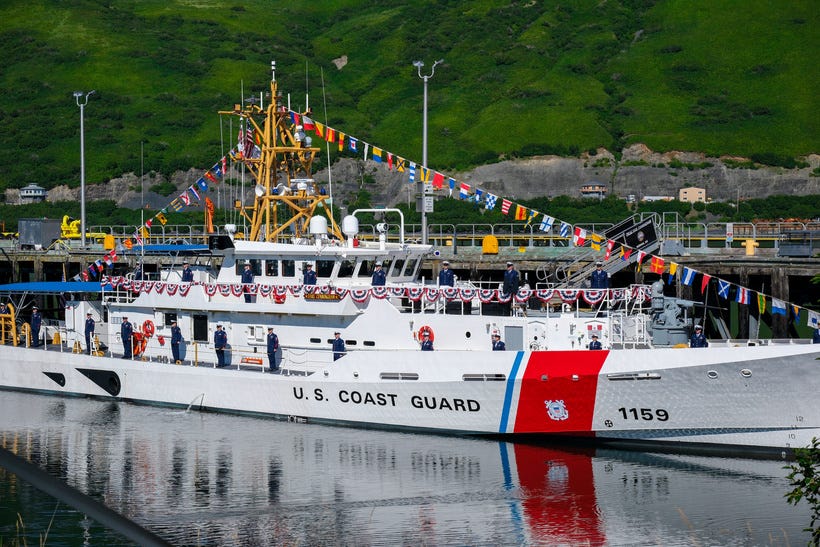Chinese Research Vessels Monitored in U.S. Arctic as Coast Guard Commissions New Cutters
U.S. Arctic waters encompass maritime zones extending 12 nautical miles from the baseline, where the U.S. exercises full sovereignty over the waters, airspace, and seabed.
ARCTIC — In early August, the U.S. Coast Guard detected and responded to multiple Chinese research vessels operating in or near U.S. waters, including the Bering Sea and Chukchi Sea.
On August 5, a C-130J Hercules aircraft from Air Station Kodiak queried the vessels Ji Di and Zhong Shan Da Xue Ji Di transiting northeast in the Bering Sea.
Subsequent patrols by cutter Waesche extended monitoring to five vessels total, comprising Xue Long 2, Shen Hai Yi Hao, Zhong Shan Da Xue Ji Di, Ji Di, and Tan Suo San Hao, some under Chinese and Liberian flags.
This activity follows a three-year trend of increased presence, with prior detections in July involving Xue Long 2 approximately 290 nautical miles north of Utqiagvik.
Operations under Frontier Sentinel aim to counter potential malign activities, defend sovereign interests, and ensure compliance with international norms. Coordination with U.S. Northern Command and Alaskan Command supports constant surveillance of foreign vessels near sovereign waters and the extended outer continental shelf.
The presence aligns with strategic global competition in the Arctic, where the Coast Guard maintains the only U.S. surface presence. Data indicates China's deployment represents a notable scale, necessitating enhanced monitoring to protect national security.


